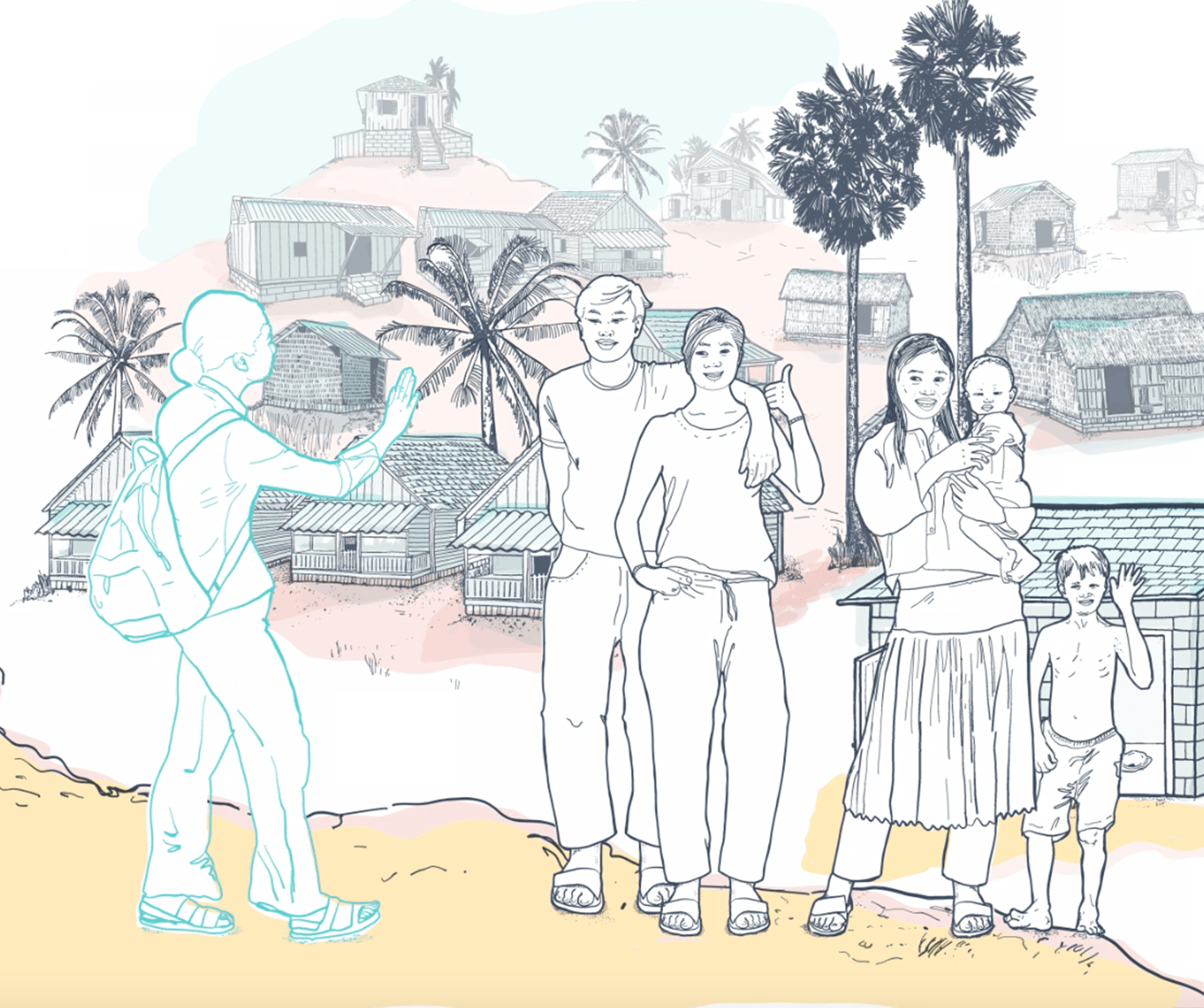The world has set a collective goal of universal access to basic sanitation services by 2030. But how can this be achieved? Under the Millennium Development Goals (MDGs), from 2000 to 2015, the target for rural sanitation programmes was simply to halve the number of people without access to improved sanitation.
Now, the Sustainable Development Goals (SDGs) are more ambitious and nuanced, aiming for universal access but with specific reference to ending open defecation, moving up the sanitation service ladder, and improving equity and inclusion.
This step change has prompted practitioners to examine whether they have the right tools and approaches to achieve the SDG targets on sanitation – particularly given the moderate progress during the MDG period and the persistent concerns about scalability, equity and sustainability. A range of approaches are now being used to achieve the same ultimate goal: improving the sanitary conditions of communities.
The approaches differ in the ‘how to’: some focus on changing individual behaviours, some on collective change, with motivators ranging from generating awareness to building a stronger market. Some organisations and governments have mandated an approach for use in wide geographical areas, across different contexts and needs.
Pushing for strict adherence to principles and protocols has sometimes resulted in hesitation to adapt, modify or innovate, and a lack of adequate documentation of ‘blended’ and ’unorthodox’ approaches. In the process, the ’how’ and ‘why’ behind successes and failures has been obscured, preventing a shift towards more flexible, context-appropriate and context-responsive rural sanitation programming.
In response, WaterAid, UNICEF and Plan International have developed guidance for designing context-responsive rural sanitation programmes. As a first step, they commissioned the Water Institute at the University of North Carolina at Chapel Hill to map and analyse the main rural sanitation approaches, and compare their core attributes and activities. This aimed to provide a common basis for future discussions and analysis.
This discussion brief summarises what WaterAid, UNICEF and Plan International deem to be the highlights from the report produced by the Water Institute, and presents the elements we will take forward as we develop programme guidance.






